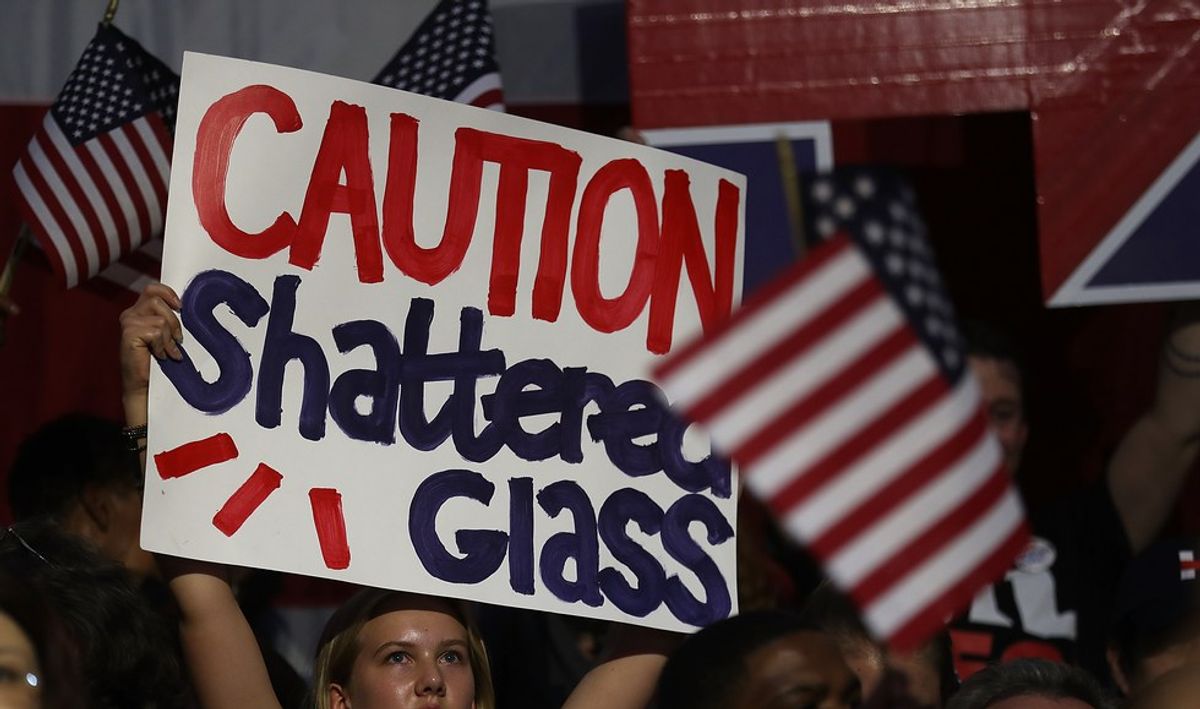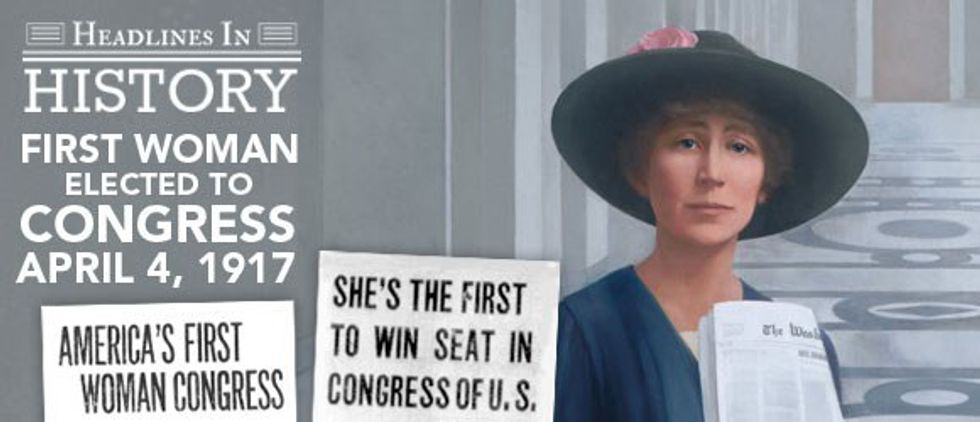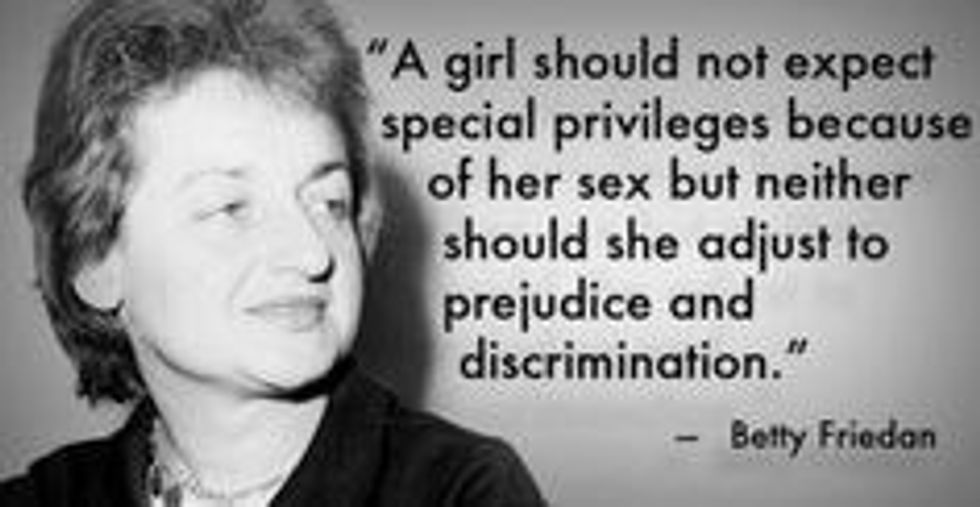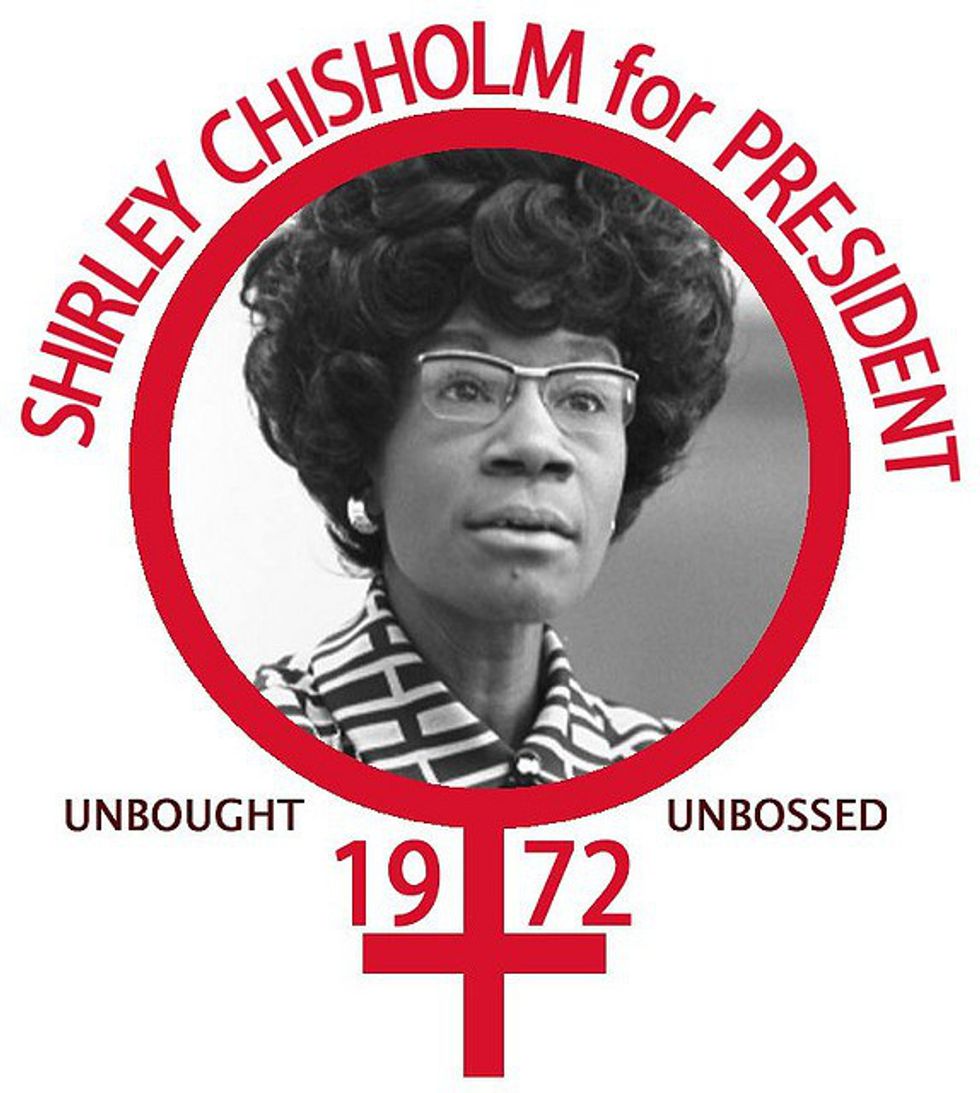When I was in first grade, my aunt picked me up from school and she was reading a really big book. I asked her what it was about and she told me that it was about Hillary Clinton and someday when I could vote she would run for President. Skip ahead a few years to when I’m in sixth grade and it's down to Barack Obama vs Hillary Clinton for the democratic nomination. I remember thinking, “My Aunt lied! I can’t vote yet but Hillary might be the first woman President.” Well, she ended up not getting the nomination in 2008. Fast forward a few more years and I’m a sophomore in college watching the Democratic debates on TV. It’s pretty much down to Bernie Sanders and Hillary Clinton. Then a couple months later at the Democratic National Convention (DNC), Hillary is named the official Democratic nominee. I guess my Aunt was right, Hillary would be running for President as soon as I was old enough to vote.
Although I didn’t watch all of the DNC, I watched clips online and at one point she makes the statement, “I can’t believe we just put the biggest crack in that glass ceiling yet” and it’s true. No matter the outcome of this election, it has proved so much about the strives towards equality we as a country have made. Clinton then concludes her speech with, “Let me just say: I may become the first woman president, but one of you is next.” It’s true, but who says it has to be one of the young girls who stayed up late? It could be someone from my generation, it could even be me, but it could even be eight years from now after Hillary’s two terms are up.
But I would like to add my own note of importance, this might be the biggest crack made on the glass ceiling but we all need to acknowledge those who came before Hillary Clinton and the cracks they made in order for her cracks to be made possible. Here are just a few of the many that have paved the way for today.
Let’s start with a definition. What exactly is the “glass ceiling”? If you type into Google, you would get this definition from the Federal Glass Ceiling Commission, “The unseen, yet unbreachable barrier that keeps minorities and women from rising to the upper rungs of the corporate ladder, regardless of their qualifications or achievements.” Which is a fancy way of saying the social construct put in place to justify things like the wage gap or the pink tax. Next for a very simplified history of the term. It has uses dating back to the mid 1980’s where it was included in a report in the Wall Street Journal where they noted women were passed up for higher-level jobs. But the Glass Ceiling has existed long before the 1980’s.
One notable crack in the glass ceiling was in 1848 with the Seneca Falls Convention in New York. It was there that the Declaration of Sentiments was signed which paralleled the famous Declaration of Independence. Two years later the first Women’s Rights Convention was held in Worcester Massachusetts.
A major milestone was made in 1872 when Victoria Woodhull became the first woman to run for president, which came before suffrage was a national right to women and at this point very few states even allowed women to vote!
In 1869, Susan B. Anthony and Elizabeth Cady Stanton founded the National Women’s Suffrage Association. Later that year Wyoming became the first state to pass women’s suffrage laws. Then in 1920, the nineteenth amendment passed granting suffrage to women.
But before women gained national suffrage, one woman by the name of Jeannette Rankin was elected to the House of Representatives from the State of Montana in 1916.
In the mid-1910’s Margaret Sanger opened the first birth control clinic in the United States. It was a tough battle, she was arrested for the clinic, but she reopened it and continued to fight for a woman’s right to birth control, and reproductive education. It is thanks to her that we have clinics like Planned Parenthood today.
Mary McLeod Bethune was one of the earlier African-American women to put cracks in the glass ceiling when she formed a coalition to lobby against job discrimination, sexism and racism.
In 1963, Betty Friedan published the "Feminine Mystique" to describe the dissatisfying life of a housewife. This is where some of her famous quotes like, “some people think I’m saying, ‘women of the world unite — you have nothing to lose, but your men.' It’s not true. You have nothing to lose but your vacuum cleaners,” or “no woman gets an orgasm from shining the kitchen floor.”
In 1968, Shirley Chisholm became the first-African American woman to hold office in the U.S. Congress. Later she became the first woman to run for the Democratic Party’s presidential nomination.
In 1981, Sandra Day O’Connor became the first woman on the Supreme Court.
Geraldine Ferraro became the first female vice presidential candidate in the 1984 Mondale vs. Reagan election.
While this list only represents a few of the key people in the women’s rights movement they represent how far this country has truly come, and what it took to get Hillary Clinton to become the first woman to secure a major party’s presidential nomination.
Some day the glass ceiling will be something we just teach in history books instead of live through.












 StableDiffusion
StableDiffusion
 StableDiffusion
StableDiffusion
 student thinking i shouldnt have procrastinated all semester
StableDiffusion
student thinking i shouldnt have procrastinated all semester
StableDiffusion
 Photo by
Photo by  Photo by
Photo by  Photo by
Photo by  StableDiffusion
StableDiffusion
 StableDiffusion
StableDiffusion
 Photo by
Photo by  Photo by
Photo by 


 Lumiere figure at the Disney Store at the Ala Moana Shoppi… | Flickr
Lumiere figure at the Disney Store at the Ala Moana Shoppi… | Flickr








 StableDiffusion
StableDiffusion StableDiffusion
StableDiffusion 10. Extra BlanketsJuwenin Home 100% Cotton Knitted Throw Blanket
10. Extra BlanketsJuwenin Home 100% Cotton Knitted Throw Blanket StableDiffusion
StableDiffusion StableDiffusion
StableDiffusion File:Kishlaru familie.jpg - Wikimedia Commons
File:Kishlaru familie.jpg - Wikimedia Commons Photo by Hanna Balan on Unsplash
Photo by Hanna Balan on Unsplash StableDiffusion
StableDiffusion black blue and yellow round illustrationPhoto by
black blue and yellow round illustrationPhoto by 













